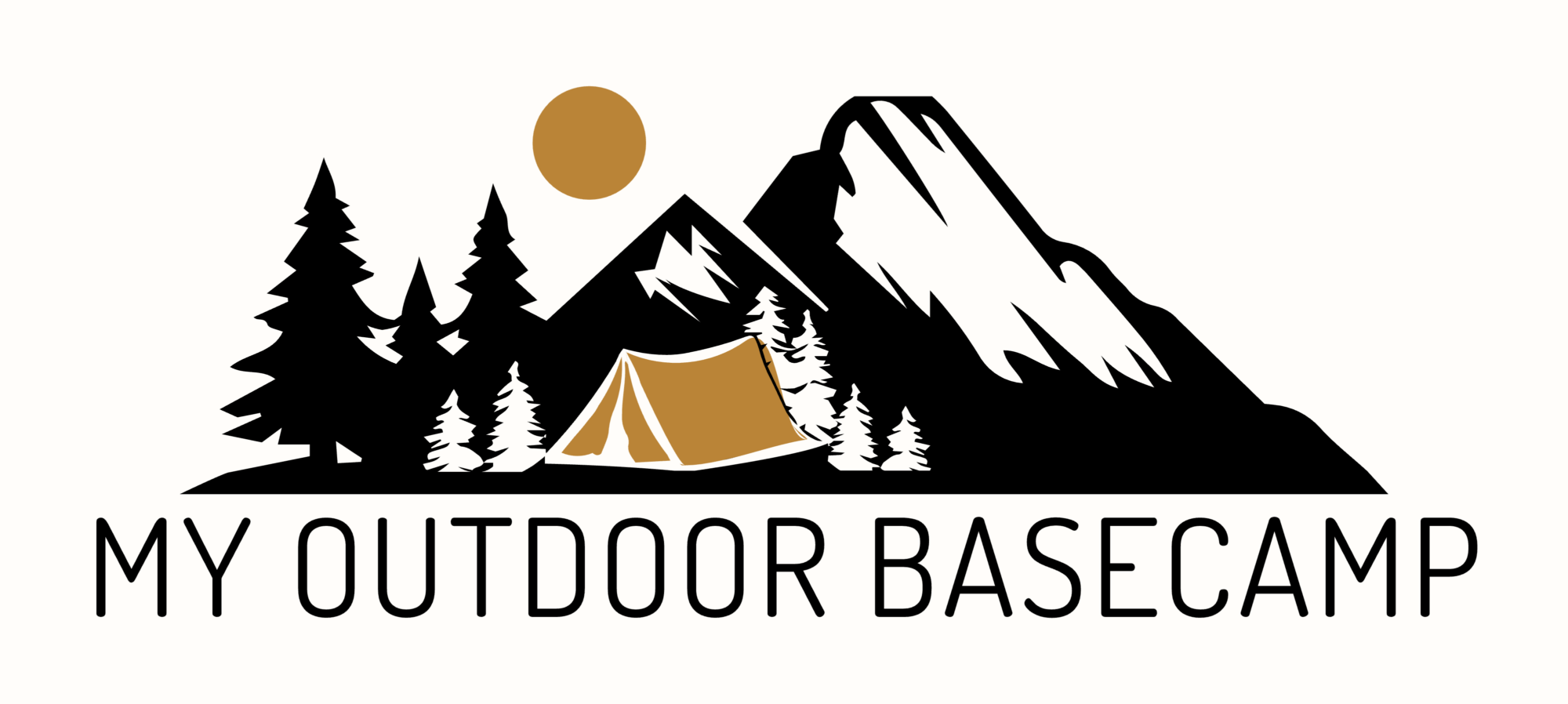In this article, we succinctly cover the differences between hiking and trekking.
The Quick Answer
Hiking is generally an activity that takes 1 full day or less, while trekking is often hiking over long distances generally over multiple days. Trekking is often compared to backpacking. The term used is generally just dependant upon where you are. The term backpacking is used in the United States most frequently, whereas trekking is a much more common term in Asia or Europe.
What is Hiking?
Hiking is an outdoor activity that involves taking long walks through nature. Hiking usually occurs on marked, well-traveled trails. Hiking usually lasts anywhere from a couple of hours to a couple of days. When hiking goes beyond one day, it is usually referred to as backpacking. Typically, hikers will end up in the same place they started, either because the hiking trail loops, or because they travel out to a destination (like a mountaintop or a scenic overlook) and then head back.
What is Trekking?
Trekking is a subset of hiking. A “trek” involves a multi-day journey. It’s longer and more intensive than ordinary hiking. It may involve spending time away from clearly-marked trails, out in greater isolation than most hiking trips.
Usually, treks will start in one place and end in another. They’ll often cover a long distance through harsh terrain, like a series of mountains. One popular trek is up to Everest Base Camp.
What Are The Differences Between Hiking, Trekking, Backpacking & Mountaineering?
Since trekking is a kind of hiking, it can be hard to draw a firm line between them. Generally speaking, trekking is longer and more strenuous than basic hiking. Trekking doesn’t have to be brutal, by any means. It just involves longer trips, often over less well-trodden ground.
Some websites claim that anything over one day is a trek, but drawing a line that firm in the sand isn’t universally agreed upon, and it’s not particularly useful. Plenty of people will go on a two-day trip, camp out along a hiking trail overnight, and call it a long hike. Those people aren’t wrong!
A 15-mile trail might be a day’s hike for an experienced hiker, and a two-day trip for a newcomer. That doesn’t mean it’s suddenly a hike for one and a trek for the other. At 2,200 miles, the Appalachian Trail is absolutely a trek. But you’re just as likely to hear someone say that they’re going to hike the Appalachian Trail as you are to hear them say they’re going to trek it. That doesn’t mean they’re wrong!
Think of these words less as strictly-defined territory and more as broad categories, with a little bit of overlap.
Hiking
Duration – Less than one day, some may say 2-3 days. (But this is getting into backpacking/trekking territory)
Difficulty – Easy to very hard
Length – Generally, what you can fit into a full day of hiking, or a very short backpacking trip (under 30 miles)
Terrain – Can be all kinds of terrain, but generally on man made and established trails. No need for special equipment.
Experience Level – All ability levels
Trekking
Duration – Usually at least 3 days and beyond.
Difficulty – Intermediate to very hard
Length – Generally 30+ miles
Terrain – All types of terrain. With longer distances, it does mean that trekking may take place on non-established trails. No need for special equipment other than camping gear.
Experience Level – All ability levels – but need to be able to be on the trail for multiple days.
Backpacking
Duration – 2 days to 2 weeks. (Longer than that, and backpacking is pretty much the same thing as trekking.)
Difficulty – Intermediate to very hard
Length – Usually 10+ miles
Terrain – All types of terrain, generally on man made and established trails. No need for special equipment other than camping gear.
Experience Level – All ability levels – but need to be able to be on the trail for multiple days.
Mountaineering
Duration – Any duration
Difficulty – Very difficult
Length – Any length
Terrain – Usually higher than class 3 hikes. Meaning climbing or very difficult hiking is involved. Mountaineering usually involves special equipment, like ropes, climbing gear, ice axes, crampons, or other gear for serious terrain.
Experience Level – Generally need to be very experienced, or with very experienced individuals.
Other types of hiking
Hiking and trekking aren’t all that’s out there. One common expression used for long treks is “thru-hiking”. While “trekking” is a common term in Asia, “thru-hiking” is often used for long trips in America. (Like the aforementioned Appalachian Trail.) Again, there isn’t a hard and fast rule. It’s all in what you call it.
Mountaineering is more challenging subset of trekking. Mountaineering involves long treks, or hikes up to mountain peaks. Generally, mountaineering involves difficult terrain that requires scrambling and use of the hands. If reaching the Everest Base Camp is a trek, reaching the summit is mountaineering. (That’s an extreme example, but it gets the point across). Mountaineering demands that you know how to climb on ice, wield an ice axe, and keep yourself safe in brutally cold conditions.
Max DesMarais is the founder of hikingandfishing.com. He has a passion for the outdoors and making outdoor education and adventure more accessible. Max is a published author for various outdoor adventure, travel, and marketing websites. He is an experienced hiker, backpacker, fly fisherman, backcountry skier, trail runner, and spends his free time in the outdoors. These adventures allow him to test gear, learn new skills, and experience new places so that he can educate others. Max grew up hiking all around New Hampshire and New England. He became obsessed with the New Hampshire mountains, and the NH 48, where he guided hikes and trail runs in the White Mountains. Since moving out west, Max has continued climbed all of the Colorado 14ers, is always testing gear, learning skills, gaining experience, and building his endurance for outdoor sports. You can read more about his experience here: hikingandfishing/about

